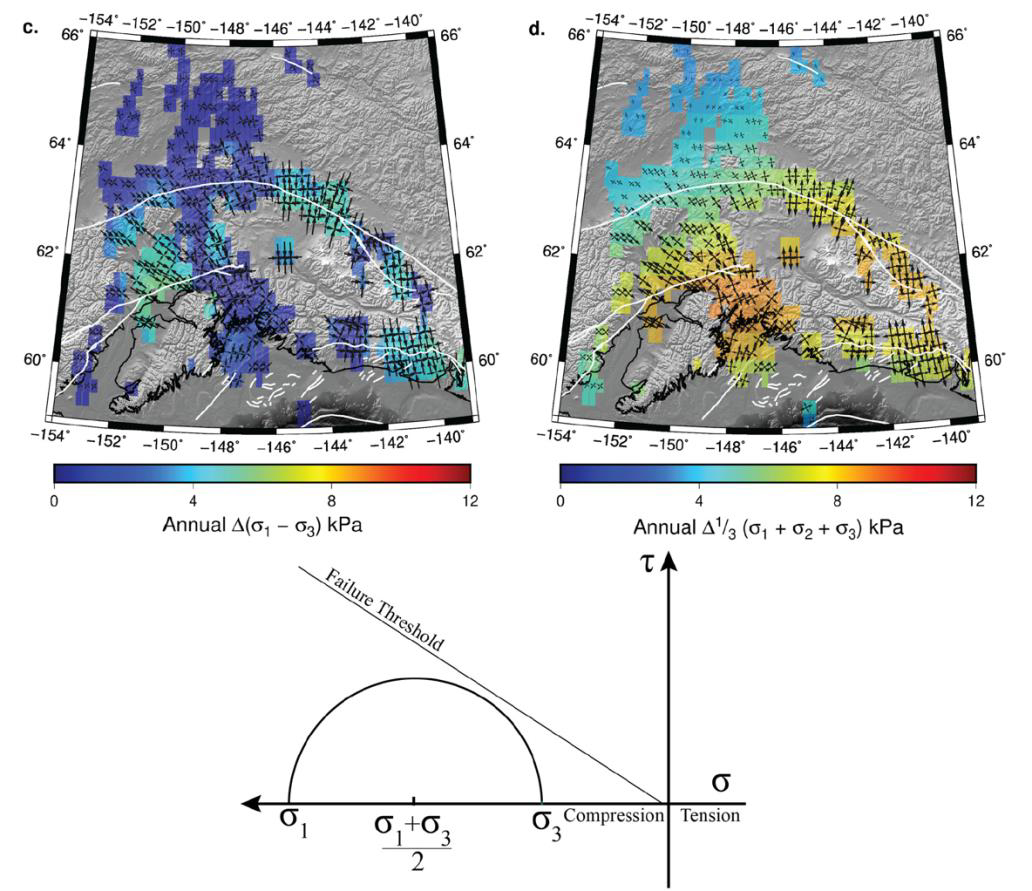IGPP is pleased to invite you to join its Fall 2020 Virtual Seminar Series presentation featuring Roland Bürgmann from UC Berkeley. Dr. Bürgmann's talk, "Seasonal Water Storage and Modulation of Earthquakes" will be available via Zoom on October 27, 2020, starting at 12:00pm. The seminar will be hosted on Zoom link here (password = stress). Meeting ID: 988 9112 7433

Date: Tuesday, October 27, 2020
Time:12:00 pm, Pacific Time
Note: This meeting will be recorded. Please make sure that you are comfortable with this before registering.
Abstract: Establishing what controls the timing of earthquakes is fundamental to understanding the nature of the earthquake cycle and critical to determining time-dependent earthquake hazard. Seasonal loading provides a natural laboratory to explore the crustal response to a quantifiable transient force. In California, the accumulation of winter snowpack in the Sierra Nevada, surface water in lakes and reservoirs, and groundwater in sedimentary basins follow the annual cycle of wet winters and dry summers. The surface loads resulting from the seasonal changes in water storage produce elastic deformation of the Earth’s crust. Vertical GNSS displacement time series and/or GRACE gravity data constrain models of monthly water loading and the resulting stress changes in the crust. We also consider the seasonal stress changes from tidal, thermal, and atmospheric loading sources with annual periods and find that hydrological loads are the largest source of seasonal stresses and produce resolvable modulation of micro-seismicity. We have examined evidence for hydrology-related seismicity variations in the East African Rift System, Utah, Alaska, Taiwan, and in central Japan. Resolving the interplay between earthquakes and hydrologic processes requires high-quality and long-duration seismicity catalogs and detailed knowledge of the spatio-temporal distribution of the surface loading and the geometry of faults hosting earthquakes. Careful exploration of depth-dependent variations of the seismic response promises to provide more insight about the role of both elastic loads and pore-pressure diffusion in the trigger process.
